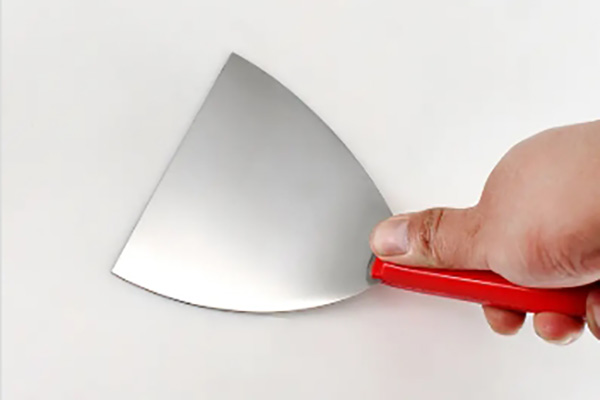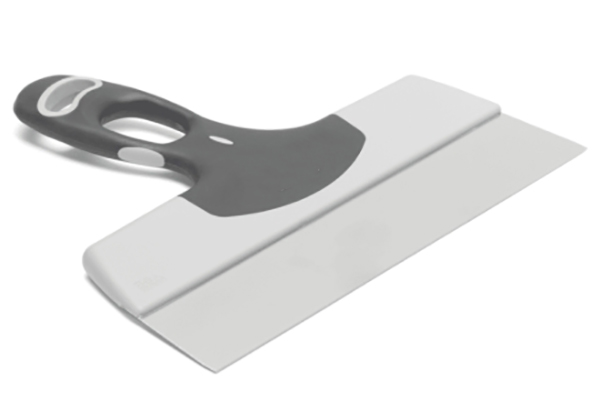When it comes to preparing walls and surfaces for painting or repair, having the right tools can make all the difference. Two common tools that are often confused are the filling knife and the putty knife. At first glance, they may appear quite similar—they both have flat blades and are used to apply or manipulate filler materials—but their design, flexibility, and intended use set them apart. Understanding these differences can help DIYers, painters, and contractors choose the best tool for each job.
What Is a Putty Knife?
A putty knife is a versatile tool commonly used for tasks such as:
-
Applying and smoothing putty (especially around window panes)
-
Scraping paint or debris from surfaces
-
Removing wallpaper or caulk
-
Patching small holes or cracks
Putty knives typically have shorter, stiffer blades and come in a variety of widths, ranging from 1 to 6 inches. The blades can be made of stainless steel, carbon steel, or plastic, and they often have beveled or square edges.

Key Characteristics:
-
Blade stiffness: Usually stiff to semi-flexible
-
Blade width: Narrow to medium
-
Primary use: Spreading and scraping putty or other compounds
The putty knife is often favored for tasks that require more pressure or precision, such as prying off chipped paint or pressing putty firmly into a small hole.
What Is a Filling Knife?
A filling knife is designed specifically for applying filler materials like spackle, joint compound, or filler paste to walls, ceilings, and other surfaces. These knives have long, flexible blades that allow for a smooth, even application of material over a larger area.
They are especially useful when you’re trying to:
-
Fill cracks, dents, and seams in drywall
-
Smooth large areas with joint compound
-
Achieve a flush, even surface before painting
Filling knives are generally wider than putty knives, with blade widths ranging from 3 inches up to 10 inches or more.

Key Characteristics:
-
Blade flexibility: Very flexible
-
Blade width: Wider than putty knives
-
Primary use: Spreading filler materials evenly over surfaces
Because of their flexibility, filling knives conform better to uneven surfaces and make it easier to feather out filler so it blends smoothly with surrounding areas.
Major Differences Between the Two
| Feature | Putty Knife | Filling Knife |
|---|---|---|
| Blade Flexibility | Stiff or semi-flexible | Highly flexible |
| Blade Width | Narrow to medium (1–6 in.) | Wide (3–12 in.) |
| Primary Use | Applying or scraping putty; surface prep | Spreading filler over large areas |
| Best For | Small patches, scraping, detail work | Wall cracks, smoothing, surface blending |
| Material Applied | Putty, glue, caulk, paint | Spackle, drywall compound, filler |
Which One Should You Use?
Use a putty knife when:
-
You need to apply or scrape a small amount of material
-
You’re working in tight or narrow spaces
-
Removing old paint, residue, or wallpaper
-
Applying glazing compound to window frames
Use a filling knife when:
-
You’re working on large surfaces like walls or ceilings
-
You need to apply or smooth out a layer of filler
-
Feathering filler to blend seamlessly with the wall
-
Repairing drywall seams or cracks
In many projects, both tools may be used together—for example, using a putty knife to fill a small hole and a filling knife to smooth out a broader patch.
Conclusion
While a filling knife and a putty knife may look alike at a glance, their differences in blade flexibility, width, and intended use make them suitable for different tasks. The putty knife is your go-to for precise, forceful applications and scraping, while the filling knife excels at smoothly spreading material over larger areas.
By choosing the right tool for the job, you’ll get cleaner results, save time, and ensure a more professional-looking finish—whether you’re patching a hole, filling a crack, or prepping an entire wall for paint.
Post time: Jul-05-2025






